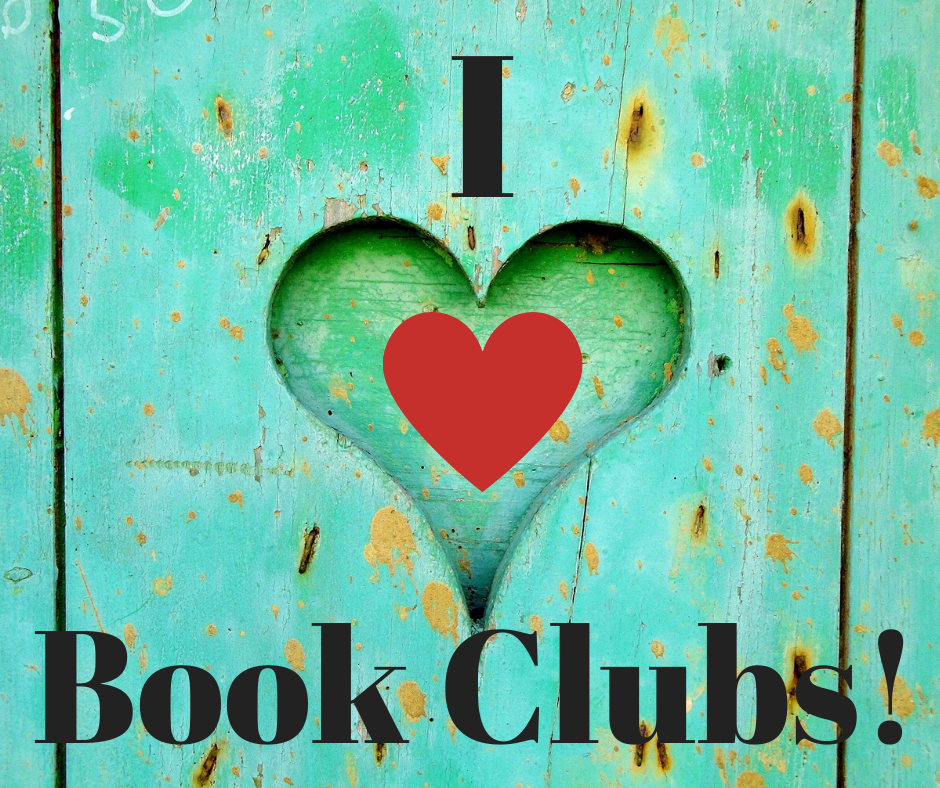What I Learned about Writing and Life from Dogs
/Disney and Riley are the Jack Russell Terriers who live at our house and keep us on our toes. They have two settings, warp speed or napping.
Here's what I've learned from them...
Live in the moment. Today is what's important. The past and future don't matter that much.
Play hard. Life can't be all work. Everything is a game to a Jack.
Nap when you need to. You need to recharge every once in a while. You need to take care of yourself.
Don't waste a beautiful day inside. Go outside and have fun.
Know when it's time to cuddle on the couch with a good book.
Bark if you need to, but not too much.
Wag and make friends. Relationships are important.
Don’t obsess too much about the things you can’t control. Those squirrels will never stay out of our yard. And people will continue to walk in our cul de sac. Okay, so the Jacks may need a little work on this one.
What is something your pet has taught you?




















